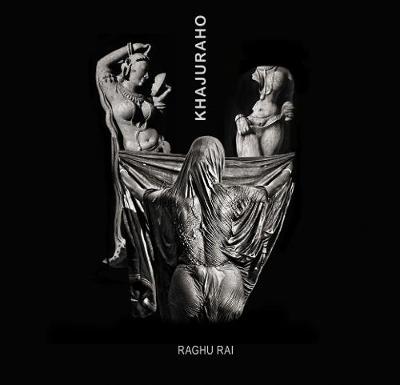The small village of Khajuraho in central India is surrounded by 21 ancient temples which were built between the ninth and the 12th centuries when Khajuraho was the site of a great city. Although the city itself fell into decline and eventually disappeared altogether, some of the temples did survive, and work on reclaiming them began in the early 20th century. It was only after Independence, however, that Khajuraho once again became a centre of great religious importance, as well as a major tourist attraction. Built on high terraces during the Chandella dynasty, the temples of Khajuraho display a rare perfection of design and construction. The sandstone sculptures which fill every available space on the temple walls are renowned for their eroticism, but they also depict scenes of battle, dancing and everyday life. Louis Frederic's essay explores the religious symbolism of the carvings and places them in the context of the history of both the temples and the village itself. Raghu Rai's photographs for this book evoke the atmosphere of Khajuraho, while his portraits of the people who live in and visit the village reflect the sensuality of the sculptures themselves.
Enlarged details of individual carvings reveal the extraordinarily lifelike, supple quality with which sculptors endowed the stone some ten centuries ago. Raghu Rai is a member of the Magnum group of photographers. His work has appeared in "The National Geographic", "Paris-Match", "The New York Times" and "Newsweek" and has been exhibited in America, Japan and Europe.
- ISBN10 8192693902
- ISBN13 9788192693903
- Publish Date 30 June 2017 (first published 2 November 1992)
- Publish Status Transferred
- Publish Country IN
- Imprint Niyogi Books
- Format Hardcover
- Pages 124
- Language English
